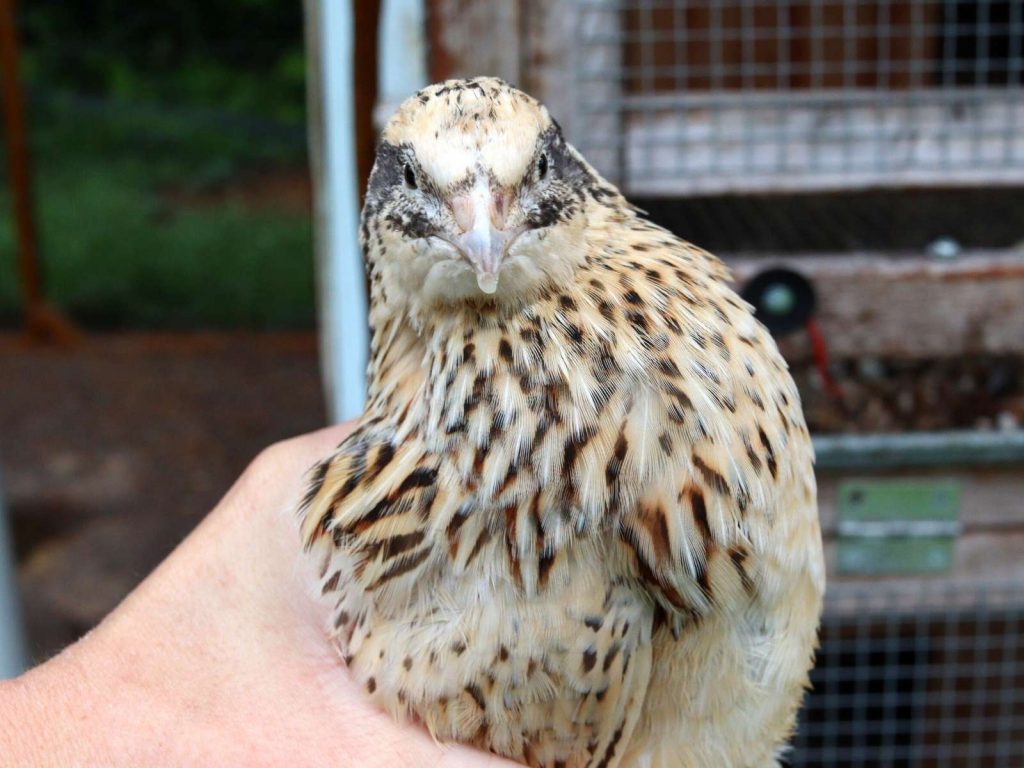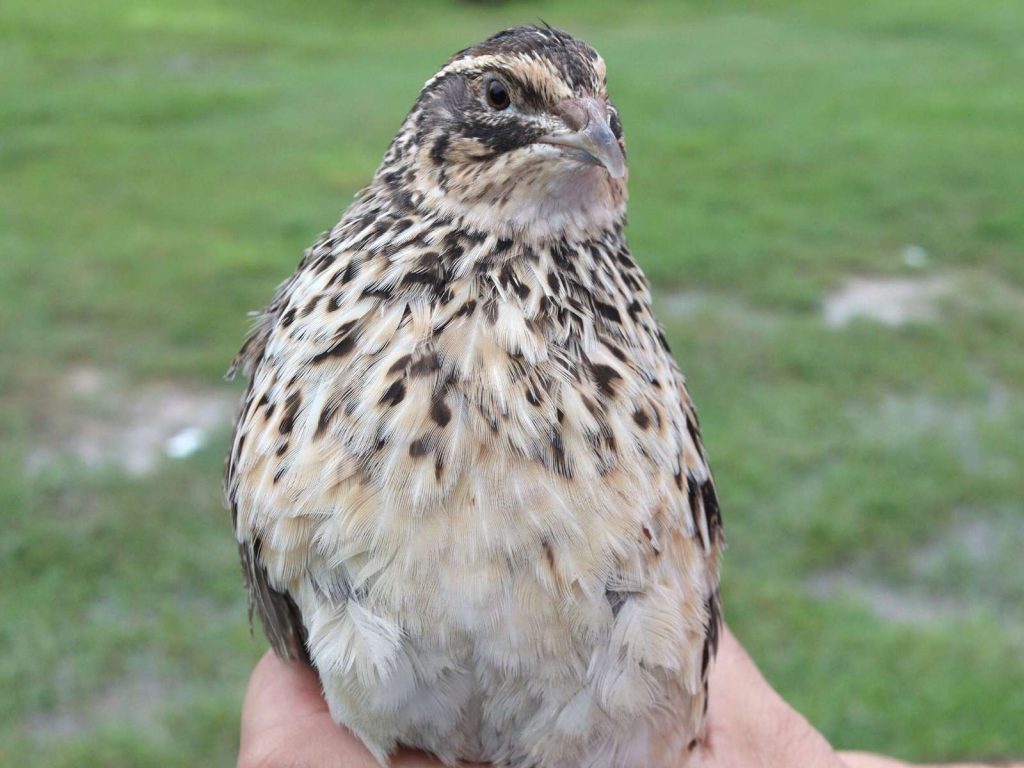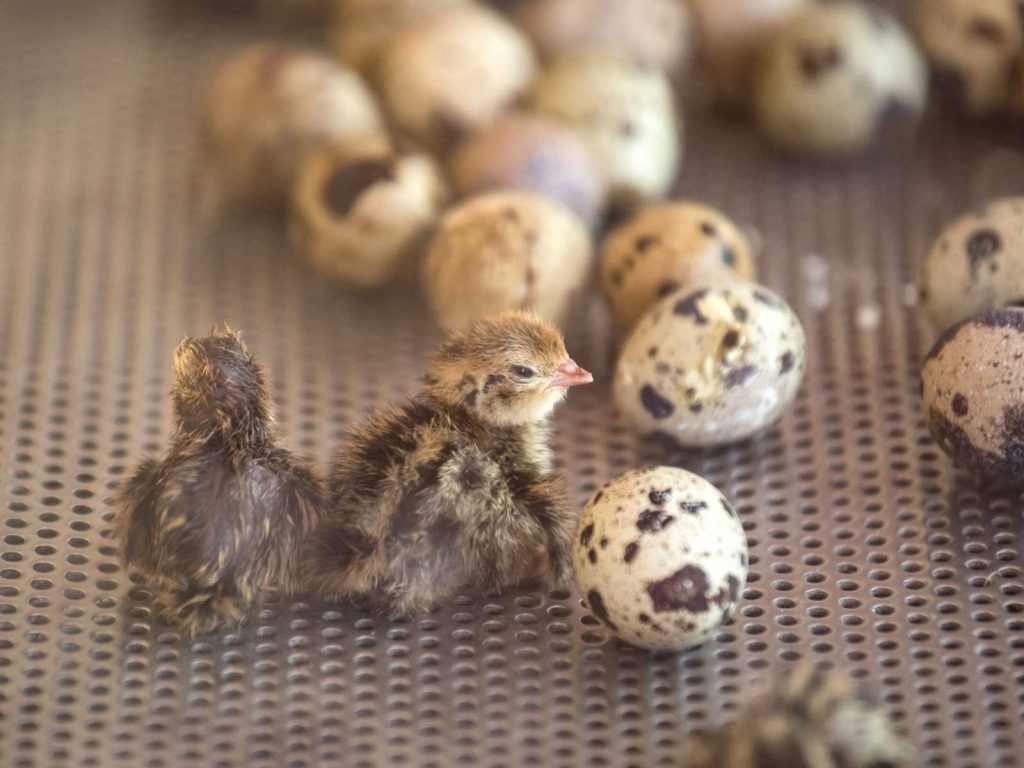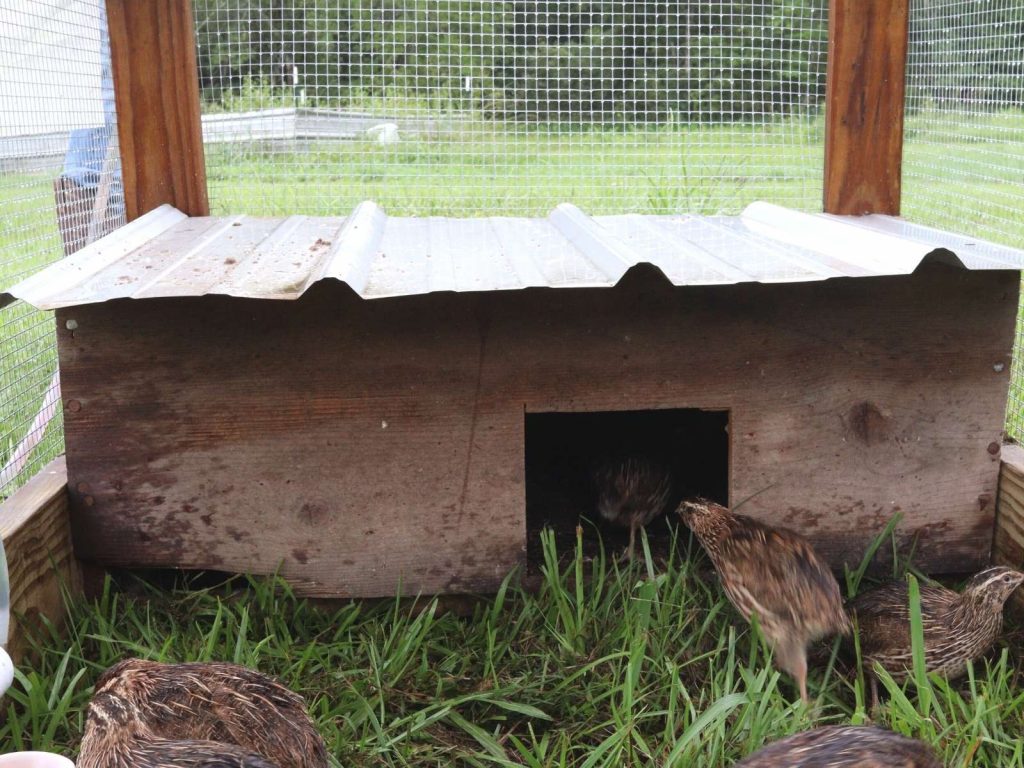Raising Quail in the Cold of Winter
Some varieties of quail are considered to be hardy game birds. But when the cold temperatures of winter roll around, you may still need to make some adjustments to keep them safe.

We have been breeding, hatching, and raising our own quail for a while now. They are incredibly easy to care for and provide our family with fresh meat and eggs. But some months, we have to take a few extra steps to ensure they are safe and comfortable – particularly in the very cold and very hot months. We’re going to talk about those cold winter days and nights in this post.
Affiliate Disclosure: This post may contain affiliate links. As an Amazon Associate this means I will earn a small commission if you choose to purchase through my links. This is at no extra cost to you.
Do Quail Need Heat in Winter?
In general, most adult quail will not need supplementary heat during the winter months. However, there are some exceptions to this in extreme climates, and proper shelter is a must if you choose not to provide heat.
Let’s look at a few more aspects of how quail of different ages and breeds handle cold weather. We will also look at precautions and best practices in order to provide a safe shelter for your birds.
- What breeds of quail are cold hardy?
- Caring for Baby Quail in Winter
- Proper Winter Housing for Quail
- Why You Shouldn’t Use Supplemental Heat
- How Quail Stay Warm Without Heat
- How does cold affect quail?
What breeds of quail are cold hardy?
Coturnix quail and BobWhite quail both handle low temperatures well as adult birds.
These two varieties of birds can handle temperatures down to the single digits (Fahrenheit) as long as you provide adequate shelter and bedding. Some individuals in online forums even state they keep their birds in temperatures down to -20 f.

When it comes to selecting quail (or any homestead animal for that matter) you need to take your climate in to account. If you live in climates that the winter temperature regularly gets into these ranges, it is probably a good idea to stick with one of these two. Selecting a breed that is not cold hardy, such as button quail, will require a lot more care in order to survive.
Do Baby Quail Need Heat in Winter?
It is important to note that age does affect a quails need for heat during winter.
Baby quail, just like all babies, need to be kept warmer than older quail. Due to this, young quail are kept separate from adult birds in a brooder with a supplemental heat source, such as a heat tray.

During the first week, the proper brooding temperatures are between 95-100 degrees Fahrenheit. You will then continue to drop the temperature slowly, until your quail reach about 6 weeks of age or are fully feathered out. NOTE: Even if your young quail are fully feathered out, you do not want to take them from a brooder that is 80 degrees and put them straight outside in 20 degree weather. You will need to wean these birds off of the heat source. The easiest way to do this is to slowly move your heat source further and further back from the brooder. A rapid move with drastic temperature changes will more than likely mean a death sentence for your birds.
(New to raising quail at home? Check out my beginners guide for quail supplies!)
Winter Care of Quail
When the temperatures start to drop during winter, we begin to make a few modifications to our Coturnix quails wire cages. We use the same shelter in winter as in the summer months, but we do the following:
-Include a small house in each cage. This provides the quail a place to get out of the cold wind and huddle together. If it is raining or snowing, it also provides an enclosure to keep them dry. We made these houses out of scrap wood.

-Layer the wire floor with plenty of bedding. We don’t cover the entire floor. But the floor that is inside the little house I just mention – we put wood shavings down. Pine shavings and straw are good materials for bedding.
-Turn the cages on especially cold nights to block wind. You may choose to move your cage systems to a different location on your property – such as a garage or garden shed. Wherever you choose to place them, just ensure proper ventilation.
If you have large open flight pens, you will want to provide something similar to the wooden house I mentioned above. The general rule is as long as it blocks wind, stays dry, is free from snow, and has property ventilation – you’re providing good shelter. In our quail tractors, we have this box built at the back. We are able to fill it with bedding and our birds stay nice and warm, huddled together.

And as always, make sure your birds have continuous access to food and fresh water. Quail will use more energy staying warm during tough winters, so you may notice them eating more food. Providing a good high protein feed is beneficial during these times. You also need to check your water supply regularly to make sure that it isn’t frozen.
Making these few small changes allows for quail to stay dry, out of the wind, and warm.
Why you don’t want to use supplemental heat…
If you have a breed that is naturally cold hardy, you may find it more beneficial to follow the quail care suggestions above instead of using a heat lamp. Why is that?
Let’s say you’ve been raising your birds with supplemental heat all throughout winter. Everything is fine – but then you lose power for a few days. And with the power goes your quails temperature control. Your quail are not going to be able to survive easily without that heat source because they’ve become dependent on it.
However, if you do not use a heat source, your cold hardy quail will become acclimated to these colder temperatures. Having hardy birds that can handle cold climates without electricity is the best bet.
How do Quail stay warm without heat?
So, if you’re not going to use supplemental heat, how in the world are your quail going to stay warm? Aside from getting out of the elements, your quail also have natural instincts for surviving cold temperatures.
You may have noticed that your quail sometimes look fluffed up during the winter time. This is actually your quails way of staying warm. Chickens (and other birds) do this same thing. When the birds fluff their feathers, they actually trap little pockets of air in between the feathers. Their body temperature warms the air pockets and this adds an extra layer of warmth.
Your quail will also huddle together to share body heat. Isn’t it cool how animals are born with the knowledge of what to do in order to survive?
How does winter affect quail?
As the hours of light drops during the colder months, your female quail will more than likely stop laying as many eggs as they were. If you’ve raised any other backyard poultry, you know this is fairly typical. But have no fear, come Springtime these little birds will be back to providing you with delicious little eggs.
You may also notice that the quail are not quite as active or stay in their house more. This is simply a means to conserve energy and stay warm.
Final thoughts…
The best way to provide proper care for your quail during winter is to ensure you have adequate housing available. You want to provide housing that is free from cold air drafts, has good bedding and good ventilation. Keep your quail dry and our of the snow – and most of all – use good judgement! 🙂